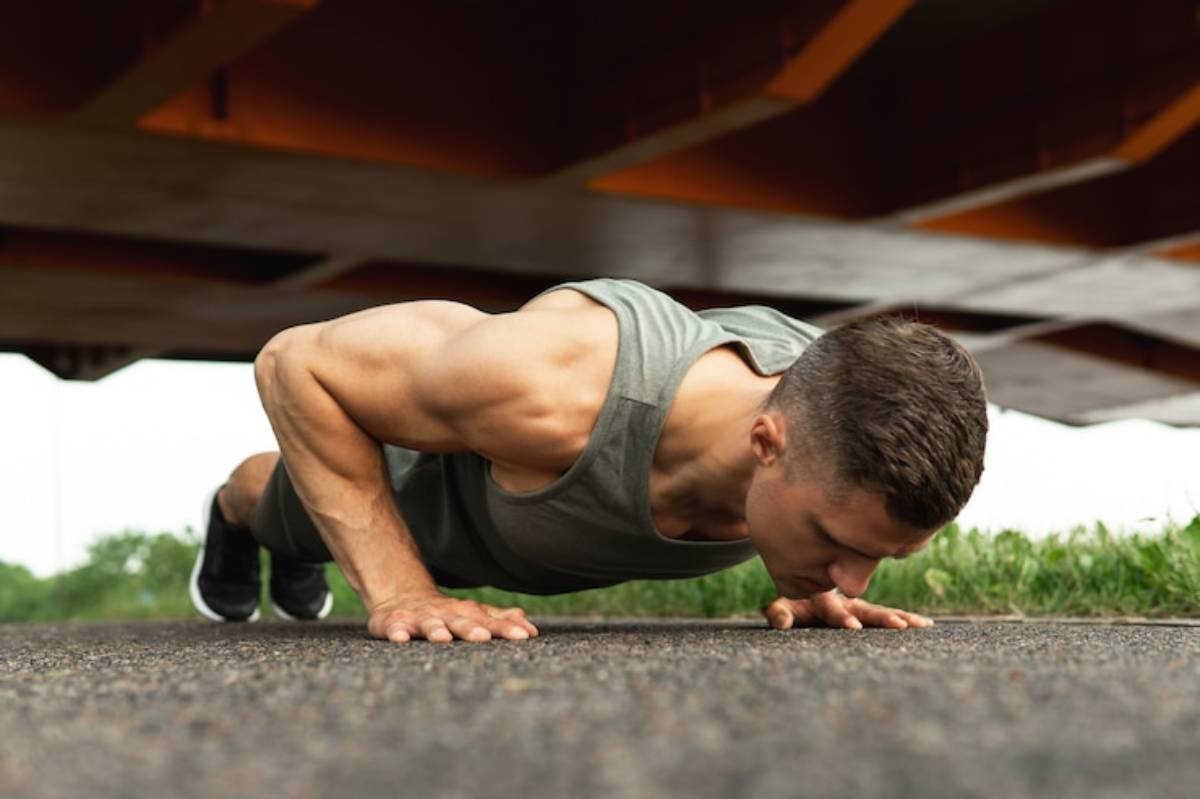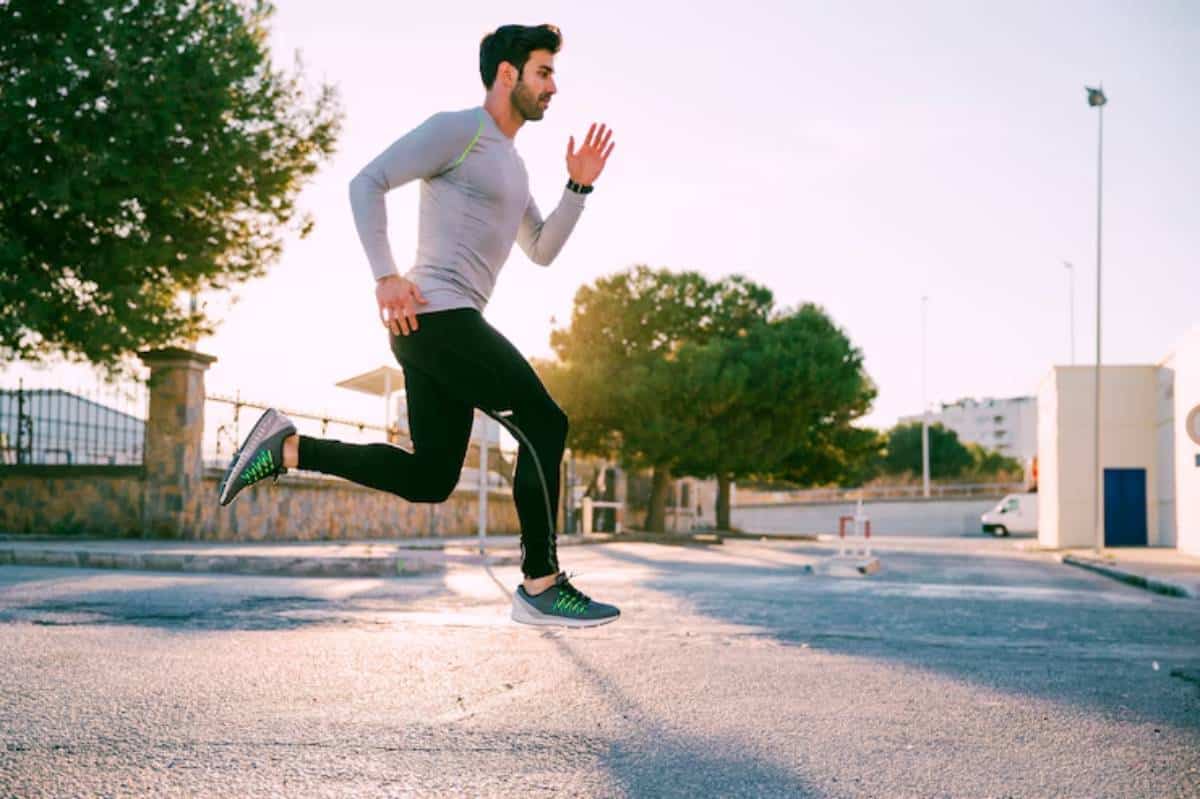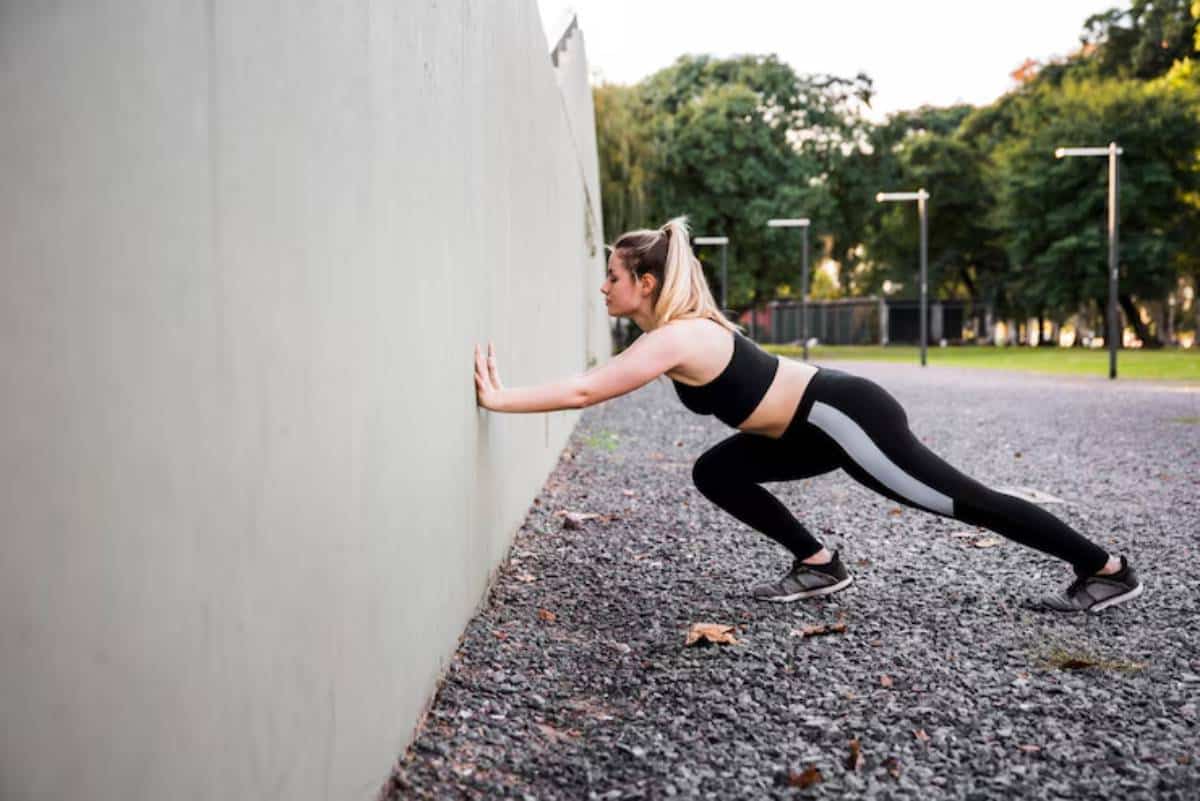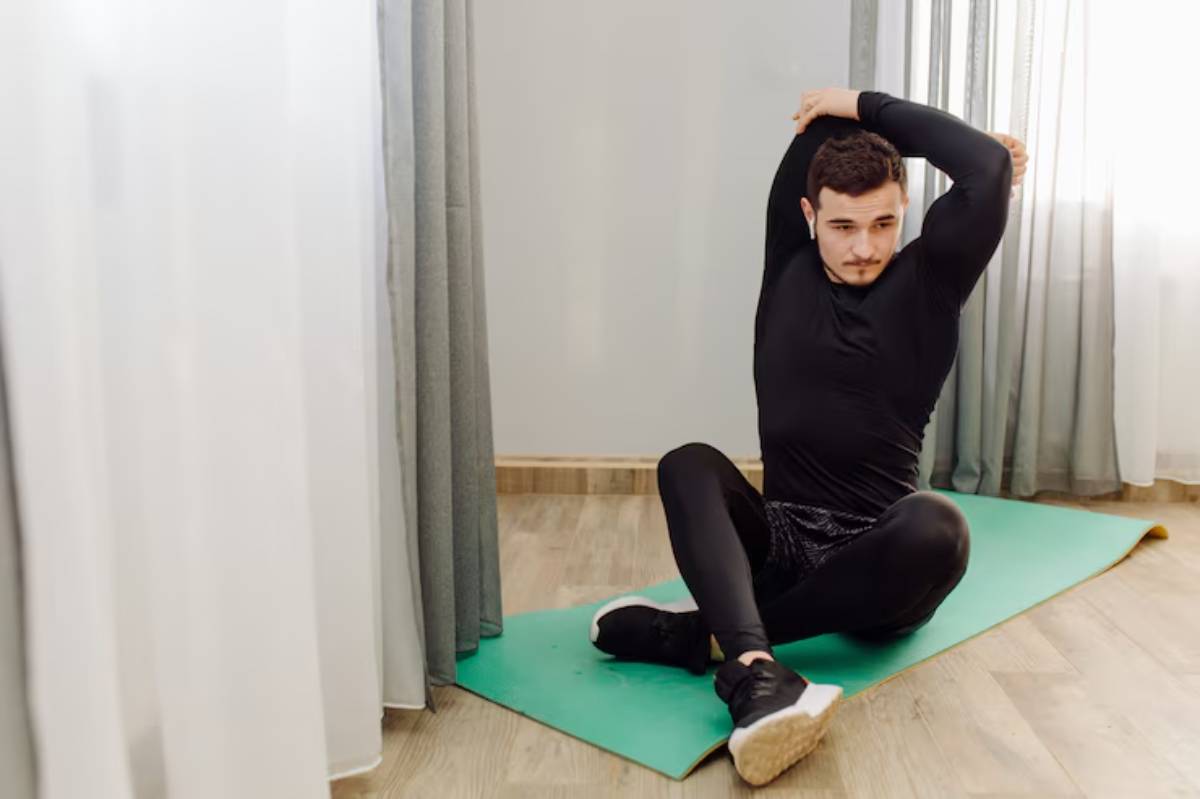
Foam Rolling and Stretching After Bodyweight Sessions: The Recovery Ritual You Need
You’ve just wrapped up a challenging bodyweight session — your muscles are buzzing, your heart is racing, and you feel invincible. But what happens next? Do you collapse on the sofa and call it a day? Or do you invest those crucial post-training minutes into foam rolling and stretching for strength?
If you’ve been skipping this part, you’re not alone. Many athletes, especially in bodyweight strength training, focus on the grind but overlook the post-workout recovery that keeps everything moving smoothly. The result? Stiffness, soreness, and plateaus.
In this guide, we’ll explore how to make foam rolling routines and stretching for strength a non-negotiable part of your recovery strategy. You’ll learn why they’re essential, how to do them effectively, and walk away with practical routines to keep you feeling strong and mobile.
Why Recovery Matters After Bodyweight Training
Bodyweight training might seem gentle — after all, you’re not lifting iron, right? But here’s the reality: callisthenics and bodyweight exercises demand high joint involvement, repetitive stress, and control over full ranges of motion. This places significant demands on your muscles, tendons, and fascia.
The Science of Post-Workout Recovery
During training, your muscles develop microscopic tears. Post-workout recovery is the process where these tears repair, rebuild, and grow stronger. If you skip it? You risk tightness, reduced mobility, and even injury.
A study from the Journal of Athletic Training (2015) found that foam rolling post-exercise improves flexibility and reduces muscle soreness, enhancing recovery and performance (MacDonald et al., 2015). Likewise, stretching for strength supports muscle lengthening and joint mobility.
Foam Rolling: What It Is and Why It Works
What Is Foam Rolling?
Foam rolling, or self-myofascial release (SMR), involves applying pressure to the soft tissues (muscles, fascia) with a foam roller. Think of it as giving yourself a deep tissue massage.
Benefits of Foam Rolling for Strength Trainers
- Releases muscle tightness: Helps break up knots and adhesions in the fascia.
- Improves blood flow: Delivers oxygen and nutrients to recovering muscles.
- Enhances mobility: Supports smoother, more efficient movement patterns.
- Reduces soreness: Speeds up post-workout recovery and reduces delayed onset muscle soreness (DOMS).
Stretching for Strength: More Than Just Flexibility
Stretching often gets a bad rap — it’s either overlooked or done half-heartedly. But stretching for strength isn’t about passive holds or forcing splits. It’s about active stretching, improving flexibility while maintaining control.
Benefits of Stretching After Bodyweight Training
- Restores range of motion: Essential for moves like deep squats or overhead pressing.
- Promotes muscle balance: Reduces imbalances caused by repetitive movement patterns.
- Supports joint health: Keeps connective tissues supple and resilient.
Best Foam Rolling Routines for Post-Workout Recovery
Here’s a foam rolling routine designed specifically for bodyweight athletes. Target the key areas that get the most work.
Foam Rolling Routine (10–15 minutes)
- Quads (Front Thighs):
- Position roller under thighs.
- Roll slowly from hip to knee.
- Pause on tender spots.
- Time: 1–2 minutes per leg.
- Glutes:
- Sit on the roller, cross one ankle over the opposite knee.
- Roll the glute of the crossed leg.
- Time: 1–2 minutes per side.
- Hamstrings:
- Place the roller under your thighs, lift your hips, and roll from your knees to your glutes.
Time: 1–2 minutes per leg. - Calves:
- Roller under calves, lift hips, roll from ankles to knees.
- Time: 1–2 minutes per leg.
- Upper Back (Thoracic Spine):
- Lie back on the roller, hands behind your head.
- Roll from mid-back to upper shoulders.
- Time: 1–2 minutes.
- Lats (Side of Back):
- Lie on one side, roller under the armpit.
- Roll from your armpit down your ribcage.
- Time: 1–2 minutes per side.
Use slow, controlled movements. When you hit a tender spot, pause and breathe.
Best Stretching for Strength Routine
Here’s a stretching routine that complements foam rolling and supports post-workout recovery.
Stretching Routine (10–15 minutes)
- World’s Greatest Stretch (Full-Body):
- Step into a lunge, hands inside the front foot.
- Rotate torso, reaching the opposite hand up.
- Reps: 5 per side.
- Chest Opener Stretch (Shoulders & Chest):
- Stand in a doorway, arms on the frame, lean forward gently.
- Hold: 30–45 seconds.
- Deep Squat Hold (Hips & Ankles):
- Sink into a squat, keep heels down, and elbows pressing into knees.
- Hold: 60 seconds.
- Hip Flexor Stretch (Hips & Quads):
- Half-kneeling position, press hips forward.
- Hold: 30–45 seconds per side.
- Cat-Cow Stretch (Spine):
- On hands and knees, alternate arching and rounding your spine.
- Reps: 10–15.
- Seated Forward Fold (Hamstrings):
- Sit with legs extended, hinge at hips, reach forward.
- Hold: 30–45 seconds.
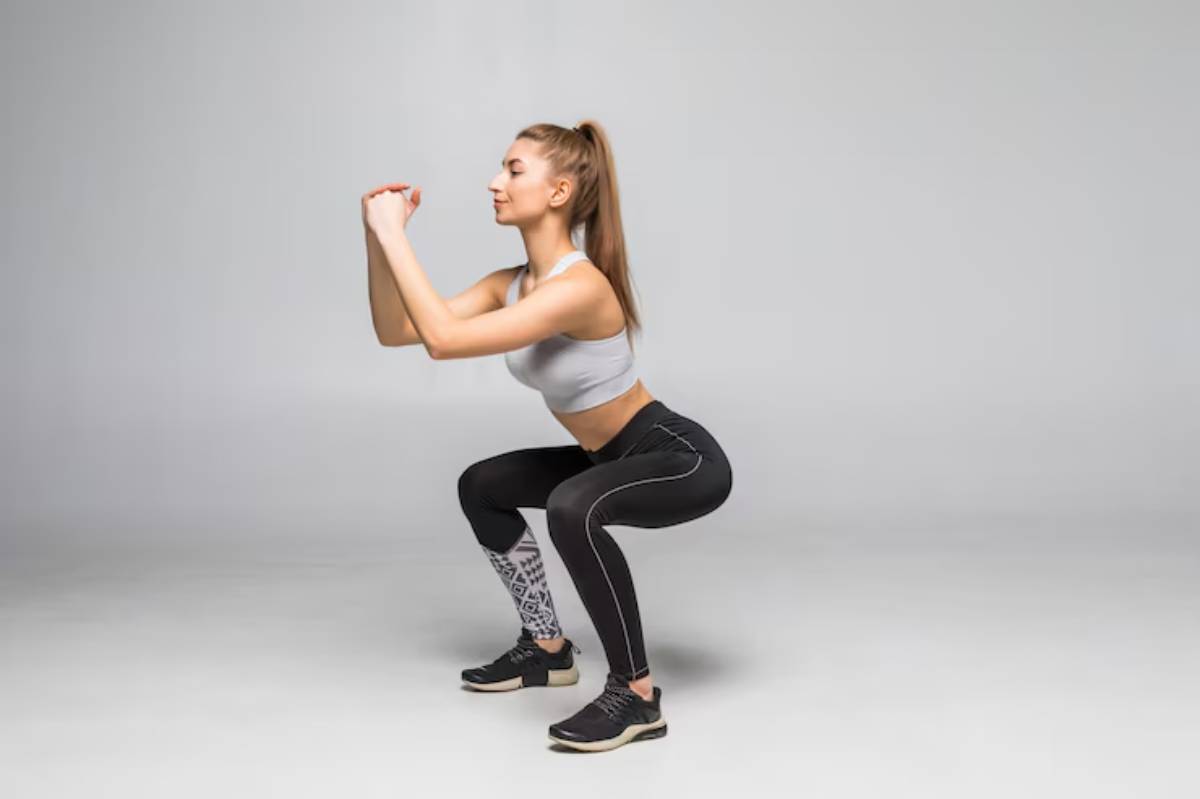
Combining Foam Rolling and Stretching: The Perfect Recovery Pair
- Foam roll first: This releases tightness, making the muscles more receptive to stretching.
- Stretch afterwards: Lengthen and realign tissues for optimal mobility.
A foam rolling and stretching session doesn’t have to take long — 20–30 minutes is plenty. But the benefits? They compound over time, leaving you feeling limber, strong, and ready for your next session.
Real-Life Example: Mark’s Recovery Transformation
Mark, a callisthenics enthusiast, pushed hard on his bodyweight training but neglected recovery. After weeks of shoulder tightness, he incorporated a foam rolling routine and stretching for strength post-training. Within a month, his overhead mobility improved, and his handstand work felt smoother and stronger.
Tips for Optimising Your Post-Workout Recovery

- Breathe deeply: Relax your nervous system during stretches and foam rolling.
- Consistency is key: Even short sessions after each workout make a big difference.
- Stay hydrated: Recovery isn’t just about movement — hydration aids tissue repair.
- Listen to your body: Focus on areas that feel tight or sore.
Common Mistakes to Avoid
- Rushing through routines: Slow, controlled movements yield better results.
- Skipping sore spots: Address areas of discomfort — they often need the most attention.
- Neglecting certain areas (like lats or calves): These support bigger movements and deserve love too.
Conclusion: Make Recovery Your Secret Weapon
Strength isn’t just built in your workouts — it’s built in how you recover. With the right foam rolling routines and stretching for strength, you’ll not only enhance your post-workout recovery but also unlock new levels of mobility, performance, and resilience.
Ready to elevate your recovery game? Try the routines shared here, and notice how your body responds. Got a favourite foam rolling trick or stretching flow? Share it in the comments. If this guide helps you, pass it along to a friend who is ready to feel better and train smarter.
